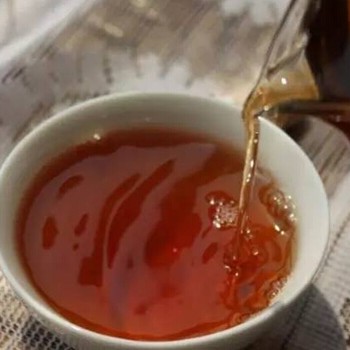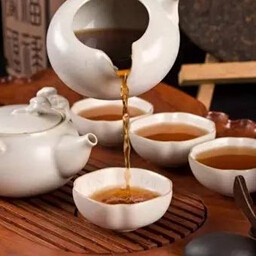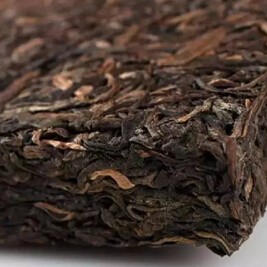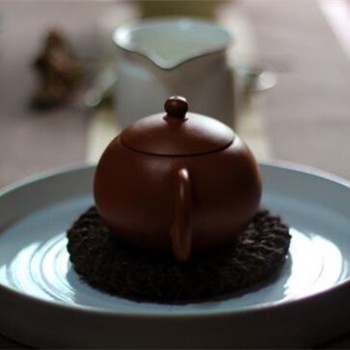
Do you know that Pu-erh tea contains essential elements for the human body?
Pu-erh tea, made from Yunnan large-leaf tea, is rich in various beneficial substances due to its unique processing method. It contains alkaloids, tea polyphenols, vitamins, amino acids, and aromatic compounds. The special oxidation process enhances the levels of beneficial components like tea polyph...
Tea News · Aug 25, 2025

How to Simply Distinguish the Quality of Pu-erh Tea?
Selecting Pu-erh tea involves assessing its type, age, and brand, with variations numbering in the thousands. Pu-erh is primarily divided into ripe (shou and raw (sheng types based on processing. Ripe Pu-erh is fully fermented and warm in nature, while raw Pu-erh is lightly fermented and initially...
Tea News · Aug 24, 2025

Why does ripe Pu-erh tea taste better after being stored for several years?
Ripe Pu-erh tea, made from Yunnan large-leaf sun-dried green tea, undergoes processing and fermentation. While new ripe Pu-erh can be slightly astringent, storing it for several years allows complex chemical reactions with the air to occur. This aging process reduces the initial fermentation 'pile'...
Tea News · Aug 23, 2025

The Charm of Pu-erh Tea Lies in Its Tea Qi
The concept of 'Qi' is regarded as the core of appreciating and savoring Pu-erh tea, and it is also the essence of its charm. Tea Qi refers to the comprehensive sensory and spiritual experience that tea brings during the tasting process. The key factors to evaluate are the sufficient content of tea...
Tea News · Aug 19, 2025

What is the difference between ripe Pu-erh tea and black tea?
Ripe Pu-erh tea and black tea are often confused due to their similar reddish-brown liquor. However, they belong to entirely different categories of tea. Pu-erh tea is a post-fermented tea, while black tea is fully fermented. Pu-erh tea is made from sun-dried green tea leaves through a special ferme...
Tea News · Aug 19, 2025

Unveiling the Effects of Pu-erh Tea: Three Secret Benefits You Never Knew!
Pu-erh tea, especially the fermented variety, offers remarkable health benefits beyond common knowledge. It aids in reducing body fat, combating the harmful effects of smoking and alcohol, and managing the 'three highs'—hypertension, hyperlipidemia, and high blood sugar. Additionally, it promotes di...
Tea News · Aug 19, 2025

Four Factors Determining the Aroma of Pu-erh Tea
The aroma of Pu-erh tea is primarily determined by four key factors: the precursor substances of aroma in tea leaves, the influence of processing methods, the impact of storage conditions, and the brewing techniques. The precursor substances include terpenes, aromatic hydrocarbons, carotenoids, amin...
Tea News · Aug 17, 2025

Tea Insects: Good or Bad?
Many friends have asked whether tea with small insects on it is still drinkable. There are two types of 'tea insects': the commonly seen white small insects, known as 'paper insects,' which feed on packaging paper, and the less common gray-black insects, which are the true 'tea insects' that consume...
Tea News · Aug 17, 2025

How to Store Pu-erh Tea at Home?
Pu-erh tea is a post-fermented tea, and for tea enthusiasts, purchasing the tea is just the first step—proper storage is crucial. Pu-erh tea has the characteristic of improving with age, but this requires an environment suitable for its transformation. For general households, storing Pu-erh tea can...
Tea News · Aug 16, 2025

The Unique Inhibitory Effect of Pu-erh Tea on Carcinogens in Cigarettes
Pu-erh tea is known for its anti-cancer properties, but its specific effects on certain types of cancer have been explored by American scientists. Research indicates that Pu-erh tea uniquely inhibits carcinogenic substances found in cigarettes. Studies show that compounds like catechins in Pu-erh te...
Tea News · Aug 16, 2025